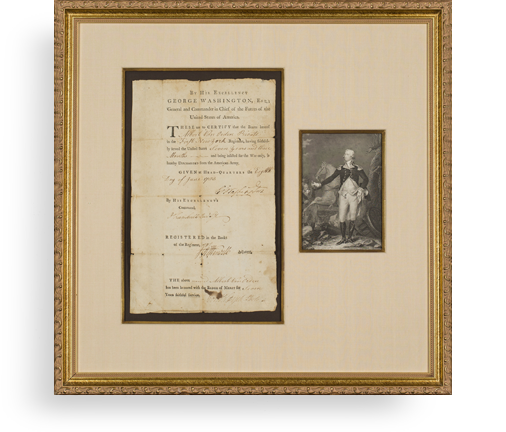President Jimmy Carter Advocates Extending Diplomatic Relations to the People’s Republic of China, Saying It Presents Great Opportunities for Americans


After the Communists took over China in 1949, the United States did not recognize their new government, which they called the People's Republic of China (PRC). Instead, the U.S. maintained diplomatic relations with the Republic of China government on Taiwan, recognizing it as the sole legitimate government of China. During the Korean...
After the Communists took over China in 1949, the United States did not recognize their new government, which they called the People's Republic of China (PRC). Instead, the U.S. maintained diplomatic relations with the Republic of China government on Taiwan, recognizing it as the sole legitimate government of China. During the Korean War, the U.S. was essentially at war with the PRC, and during the Vietnam War the PRC provided material and technical support to the Vietnamese Viet Cong. In the U.S., many perceived the PRC as the face behind American problems in Asia, and the U.S. did everything it could to isolate the government at Beijing. Domestically, it was very difficult for a U.S. politician who was perceived as "soft on China", and there was much saber rattling on both sides all through the Cold War and down into the 1970s.
But as the Vietnam conflict wound down and the PRC became involved in conflicts with its traditional foe the Russians, the PRC began to think of the Americans as the lesser of two evils. At the same time, some in the U.S. saw no reason to prolong the freezing of relations between the two countries – the U.S. and China – that had long been friends, and wanted to open the Chinese market to American trade. President Richard Nixon caused a sensation when he went to Beijing in 1972, and at the end of his trip both nations pledged to work toward the full normalization of diplomatic relations. Each established a liaison office in the other's capital, but still there was no diplomatic relations, in part because taking this step was considered politically dangerous for American politicians, as many Americans retained their antipathy to the PRC.
Jimmy Carter determined to shoulder the task of seeking full diplomatic and trade relations with China. He sent his National Security Advisor Zbigniew Brzezinski to Beijing in early 1978 to lay the groundwork to do so. The United States and the PRC announced on December 15, 1978 that the two governments would establish diplomatic relations effective January 1, 1979. On March 1, 1979, the two nations formally established embassies.
Carter needed as much political support as he could get from Congress. Howard Cannon was a U.S. Senator from Nevada from 1959-1983, and he supported Carter's initiative. Typed letter signed, on White House letterhead, December 20, 1978, to Cannon, expressing gratitude. "Thank you for your encouraging statement of support for normalization of our relations with China. Your comments at the press conference in Hong Kong will be helpful during the coming Senate debates on this issue. As you know from your talks with air ministry officials and other Chinese leaders, normalization presents great trade opportunities for American business. By recognizing the realities as they now exist, our nation can compete on an equal basis with our trade competitors."
This move opened the door to the close commercial relationship presently existing between the U.S. and China.

Frame, Display, Preserve
Each frame is custom constructed, using only proper museum archival materials. This includes:The finest frames, tailored to match the document you have chosen. These can period style, antiqued, gilded, wood, etc. Fabric mats, including silk and satin, as well as museum mat board with hand painted bevels. Attachment of the document to the matting to ensure its protection. This "hinging" is done according to archival standards. Protective "glass," or Tru Vue Optium Acrylic glazing, which is shatter resistant, 99% UV protective, and anti-reflective. You benefit from our decades of experience in designing and creating beautiful, compelling, and protective framed historical documents.
Learn more about our Framing Services








































































































